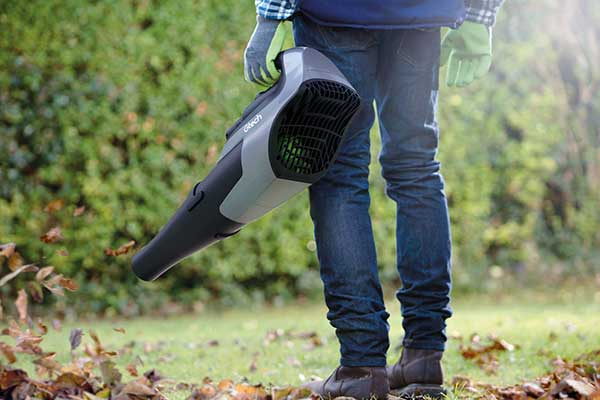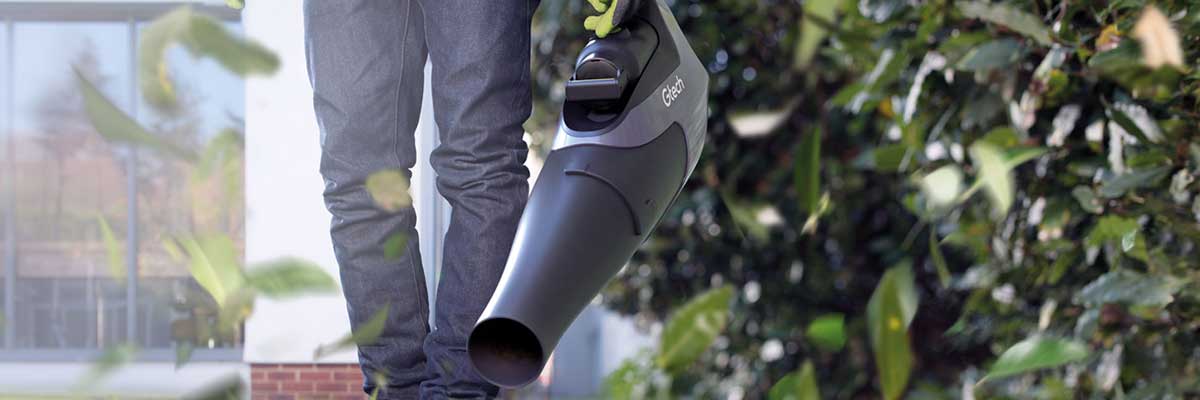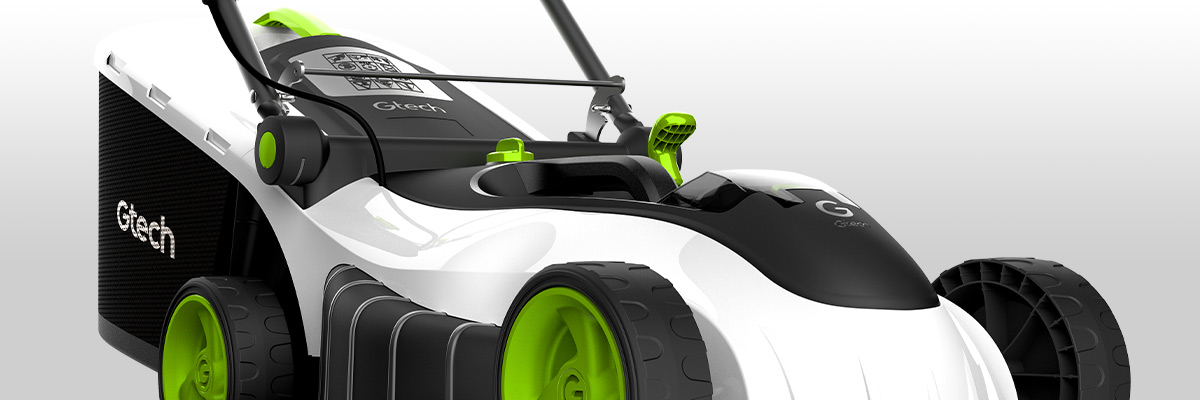We know how tricky it can be keeping your garden in great shape. When Autumn arrives, and leaves start to fall, this can make your garden start to look untidy. Keeping on top of fallen leaves may seem like a chore – but it doesn’t have to be! Find out how a leaf blower works, and the best ways to use a leaf blower around your garden (spoiler alert: they don’t all involve leaves).

How does a leaf blower work?
Leaf blowers make use of centrifugal force to move the fallen leaves in your garden to make it tidy. Turning your leaf blower on will cause its motor to run, which spins the fan inside it. The spinning fan draws in air from outside the blower, before travelling out the other end. The air comes out at such a great force that it will push lightweight debris, such as mown grass, fallen leaves and small branches.
What is the best way to use a leaf blower?
Blowing leaves into piles on your lawn is a great way to keep them under control, but what should you do with them after that? If you simply leave them, the leaves will blow all over the place and you’ll be back to square one. Here are some of our recommended leaf blower techniques to pick them up and keep your garden looking tidy.
Combine with a lawnmower
This is a great technique if you want to get rid of your leaves quickly. Simply blow the leaves into piles on your lawn, and mow them up with your trusty lawnmower. This works particularly well if you don’t have an ongoing compost heap. It’s also a quick and convenient way to clear leaves from gravel and concrete around your house, such as your driveway or other paths.
Collecting leaves for a compost
One of the best ways to use a leaf blower is for ensuring good levels of compost. If your garden is relatively small and you have compost at ground level, you might be able to get away with just blowing the leaves onto your compost pile. If, however, there are too many leaves and your garden is too big to do this, you’ll want to change your tactics.
- Collecting in a tarp: lay out a tarp on your lawn, and blow leaves into piles on the tarp. Fold it together, making sure the leaves don’t escape. Empty it onto your compost.
- Use a wheelbarrow: blow the leaves into small piles, and use handheld leaf collectors to pick up the leaves and put them in a wheelbarrow. Empty onto the compost.
When should I use a leaf blower?
If possible, try to use your leaf blower when the ground and leaves are dry – trying to organise wet leaves is much more difficult because of the extra weight that damp conditions cause. Also, we’d recommend dealing with the leaves on a day when the wind is blowing in the direction you want the leaves to go. So, if you want your leaves to be at the bottom of your garden, don’t try blowing the leaves if the wind is blowing towards your house.
A leaf blower is not simply a one trick pony – it can do so much more than just organise leaves into tidy piles. Find out how to use a leaf blower in a few other ways:
- Clearing snow: we often get the wrong kind of snow in Britain – too dry and powdery. But you can easily clear this kind of snow with your leaf blower. Leaf blower snow removal is a great way to clear driveway without risking a sore back from shovelling it.
- Tidying the gutters: gutters not draining properly? Don’t worry about removing wet leaves and everything else caught in your gutters by hand: simply blow away all the debris so excess water can drain away from your home with ease.
- Cleaning your garden tools: lawnmowers can get clogged up with clumps of grass around the blade. After you mow, turn the mower onto its side and blow the clogged grass out.
- Sorting your car’s interior: if the inside of your car could do with a little TLC, why not save a bit of time by blowing out the dirt to clean it?
And there you have it – our favourite leaf blower techniques and some different ways you can use them. If you’re in the market for a new leaf blower, see if Gtech’s leaf blower could be the right one for you.





